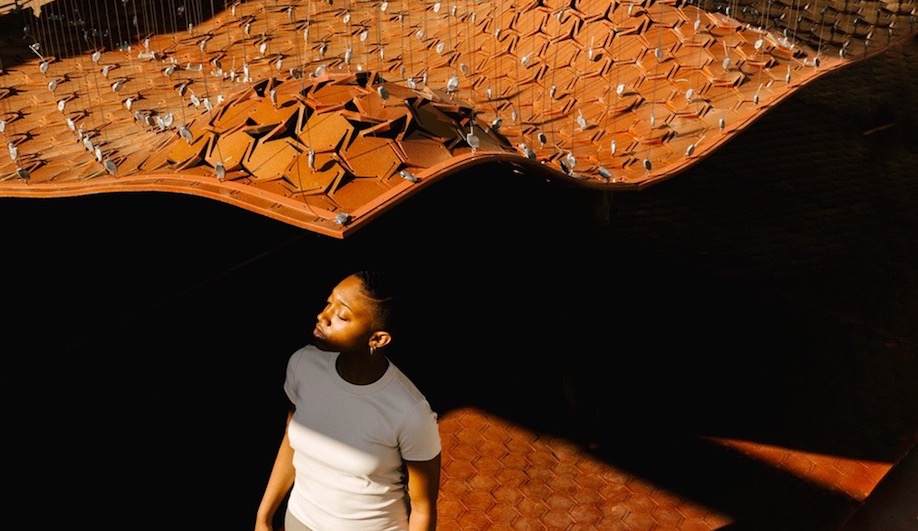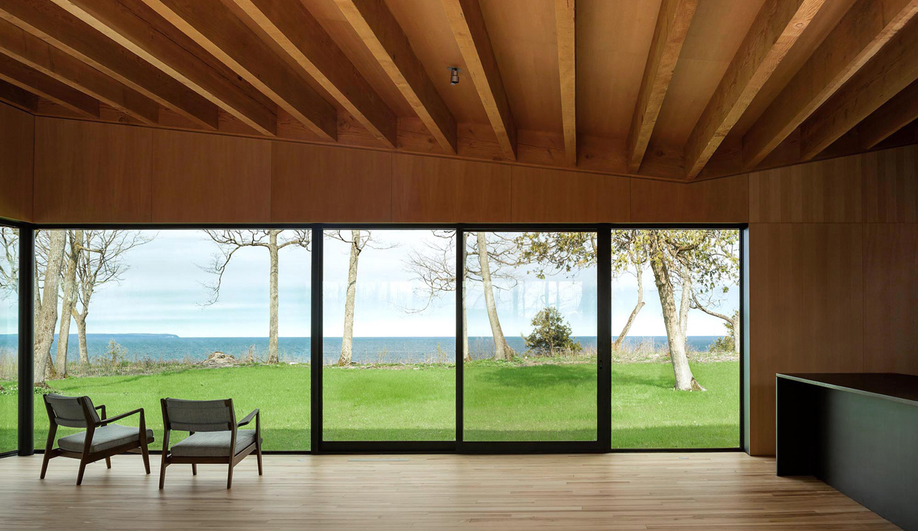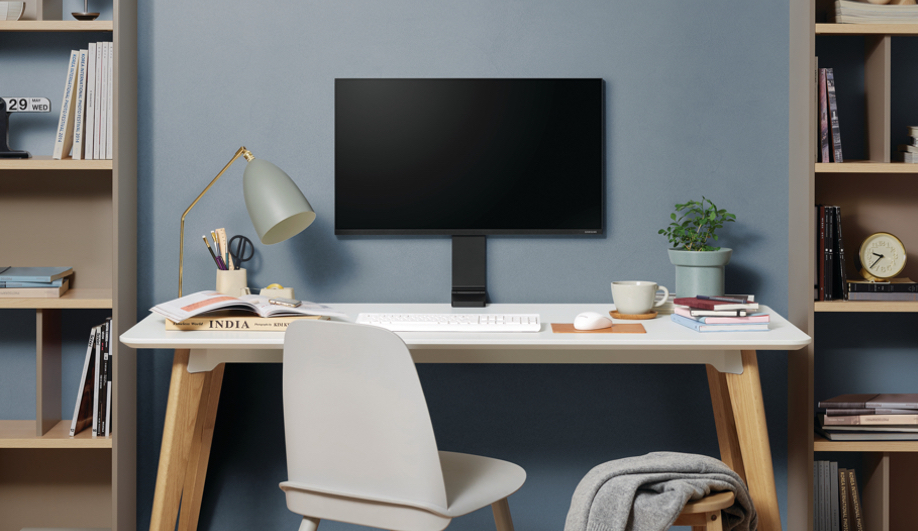
Digital Crystal: Swarovski shows how the crystal company’s dazzling chandeliers – created in collaboration with Ron Arad, Yves Béhar and dozens of other renowned designers – embrace the modern, digital era.
Chandeliers might seem a strangely traditional filter for our relationship with modern technology, but the 15 new and updated designs from the Swarovski Crystal Palace on display integrate motors, lasers and LEDs, and are innovative and interactive at their core. The exhibit seeks to illustrate how our sense of history and our memories – stored, manipulated and shared as digital files – are redefined in the age of social media. And the decorative fixtures present an exploration of what’s possible in the 21st century. You can even tweet or text Ron Arad’s Lolita, your message winding its way around the chandelier’s crystals.
Here are six standout installations on display:
1 Frederikson Stallard presents Pandora, which reimagines the traditional chandelier using sparkling spheres suspended from invisible lines. Computer-controlled motors slowly throw the wires out of alignment, creating a chaotic cloud of refractive crystals before bringing them back to the familiar shape.

2 Ron Arad’s Lolita, designed for Swarovski Crystal Palace, keeps the recognizable spiralling form of an interior fixture, but replaces the light source with LEDs embedded into each prismatic chain. Together they display tweets and text messages directed to the work, turning the fixture into a functioning ticker board.

3 The Amplify Chandelier by Yves Béhar keeps the crystal hidden; each paper lantern contains a light source and a refracting crystal that projects unique patterns onto the inside of the pendant, hinting at what’s inside.

4 Hilda Hellström’s The Monument puts the material front and centre, but in a totally new shape: a massive block of sculpted glass is suspended from layered Jesmonite that mimics a natural landscape. Pierced by a metal rod, the sculpture is paired with a minute-long film that depicts a mythical history of Wattens, Swarovski’s Austrian hometown.

5 Paul Cocksedge’s Crystallize departs from anything recognizable, with a frame-like structure made from tubular glass. The glass tubes convey laser light like a fibre optic cable, while mirrors direct the beams into suspended pendalogues that cast green light in all directions, like a futuristic disco ball.

6 Hardcoded Memory by the U.K.’s Troika uses an array of lenses to cast a low-resolution image onto the wall; each pixel corresponds to one lens, which is focused to a point-like beam or widened to a floodlight to generate areas of light and dark. This complex mechanism, used to recreate ancient portraits, speaks to the difference between the era when exposing images on glass plates was more deliberate than today’s shoot-everything digital photography.
Digital Crystal: Swarovski is on from September 5 to January 13, 2013 at Design Museum London.




